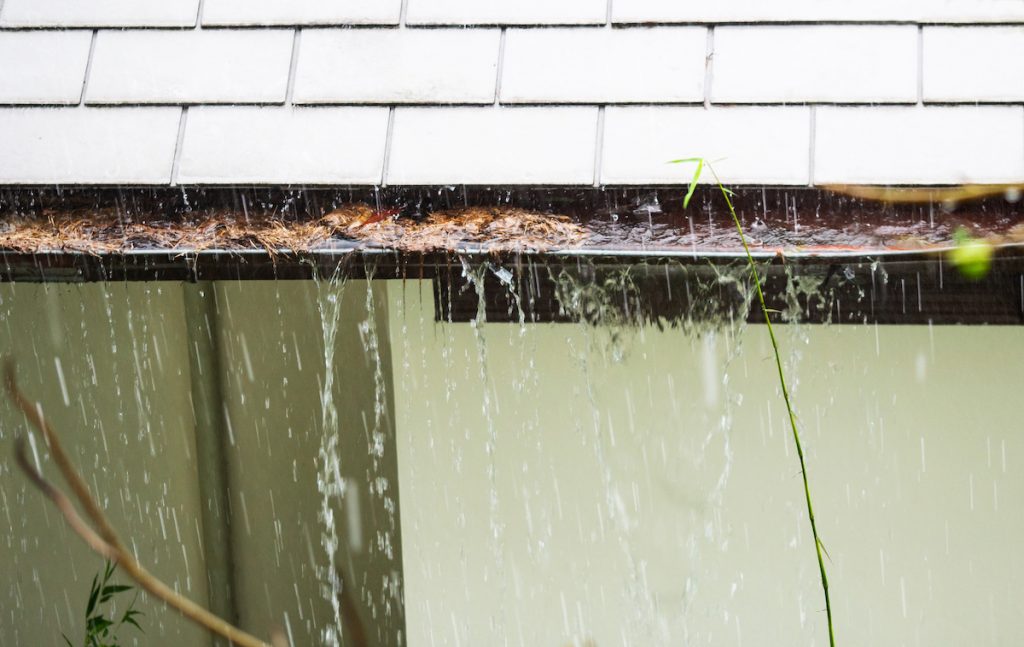Pinpoint Common Causes for Leak Problems in Your Home
Pinpoint Common Causes for Leak Problems in Your Home
Blog Article
The writer is making a number of great points about How to Find Water Leaks overall in this great article down the page.

Leaks not only cause waste of water however can additionally create unneeded damages to your residence and promote unwanted organic growth. Water leaks could go unnoticed considering that most of the pipework in our residence is concealed. By recognizing and looking for everyday situations that trigger leakages, you can shield your house from future leakages and unneeded damages. Today, we will certainly consider 6 leakage causes that might be creating your pipes to trickle.
Instantaneous temperature modifications.
Extreme temperature level modifications in our pipes can trigger them to expand and also acquire all of a sudden. This development and contraction might create splits in the pipes, specifically if the temperature level are below freezing.
Rusty water systems
As time passes by, your plumbing system ages and rust such as corrosion might start gnawing the pipelines. This could be the cause of discoloration or warping on your water pipes. This requires an evaluation with your plumber promptly. Consider replacing the pipes since they are at a higher risk of rust than the more recent versions if our plumbing system is old.
Defective Pipe Joints
The point at which your pipes attach is often the weakest link in the waterline. Pipeline joints can weaken gradually, causing water leakages. The bulk of pipe joints are not quickly noticeable. If you have loud pipes that make ticking or banging noises, specifically when the warm water is activated, your pipeline joints are most likely under a lot of pressure. It is suggested to have your plumber check your system annually.
Trespassing origins
Many water leakages start outside your home instead of inside it. If you discover an unexpected reduction in water pressure, say in your faucet, require time to head out and also examine your yard. You could see wet spots or sinkholes in your backyard, and that may indicate that tree roots are attacking water lines creating water to leak out. You can have your plumber check for breach, especially if you have trees or shrubs near your residential property.
Poor Water Connectors
Sometimes, a leakage can be triggered by loose pipes and also pipes that supply your home appliances. Typically, changing is what creates the loose water Connections. You might find when it comes to a washing device, a hose pipe may spring a leak due to drinking throughout the spin cycle. In case of a water links leakage, you may observe water running straight from the supply line or puddles around your home appliances.
Blocked Drains
Clogged drains pipes could be aggravating as well as inconveniencing, but they can occasionally end up triggering an overflow bring about burst pipelines. Keep eliminating any kind of products that may decrease your drains that can block them to avoid such hassles.
All the above are root causes of leaks however not all water leakages arise from plumbing leakages; some leakages could originate from roof covering leaks. All leakages must be fixed right away to avoid water damages.
Leaks not only cause waste of water yet can likewise cause unneeded damage to your home as well as promote undesirable natural development. By recognizing and also looking for daily situations that create leakages, you can shield your house from future leaks and unneeded damages. Today, we will look at 6 leak triggers that might be triggering your pipes to drip.
At times, a leak can be caused by loose hoses and pipes that provide your devices. In situation of a water links leak, you might see water running directly from the supply line or pools around your home appliances.
How To Check For Water Leak In Your Home
How To Check for Leaks
The average household's leaks can account for nearly 10,000 gallons of water wasted every year and ten percent of homes have leaks that waste 90 gallons or more per day. Common types of leaks found in the home are worn toilet flappers, dripping faucets, and other leaking valves. These types of leaks are often easy to fix, requiring only a few tools and hardware that can pay for themselves in water savings. Fixing easily corrected household water leaks can save homeowners about 10 percent on their water bills.
To check for leaks in your home, you first need to determine whether you're wasting water and then identify the source of the leak. Here are some tips for finding leaks:
Take a look at your water usage during a colder month, such as January or February. If a family of four exceeds 12,000 gallons per month, there are serious leaks.
Check your water meter before and after a two-hour period when no water is being used. If the meter changes at all, you probably have a leak.
Identify toilet leaks by placing a drop of food coloring in the toilet tank. If any color shows up in the bowl after 10 minutes, you have a leak. (Be sure to flush immediately after the experiment to avoid staining the tank.)
Examine faucet gaskets and pipe fittings for any water on the outside of the pipe to check for surface leaks.
Undetected water leaks can happen without the home or business owner even realizing. If you suspect a water leak, but not able to find the source. It is time to contact a professional water leak detection service, The Leak Doctor.
How To Find a Water Leak In Your Home
https://www.leakdoctor.com/blog/How-To-Check-For-Water-Leak-In-Your-Home_AE197.html

I ran across that blog post on Top Causes of Home Water Leaks when doing a lookup on the search engines. Are you aware of someone else who is sincerely interested in the subject? Why not share it. Thank-you for taking the time to read it.
Plumbing challenges? Professional solutions await. Report this page